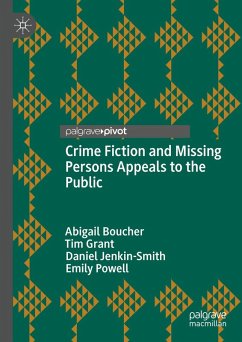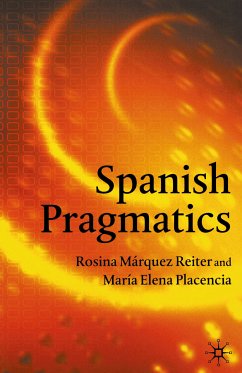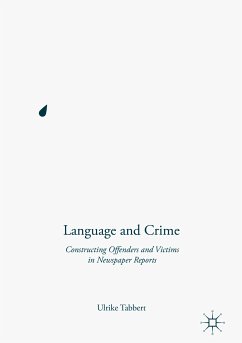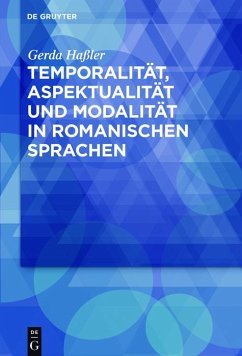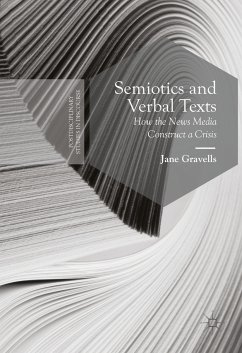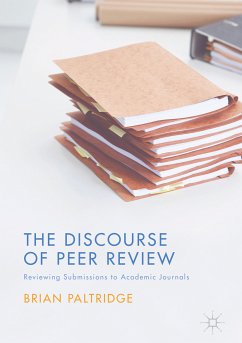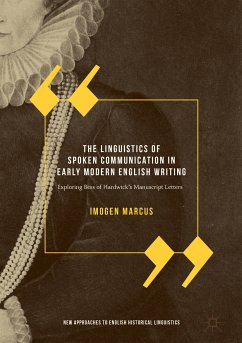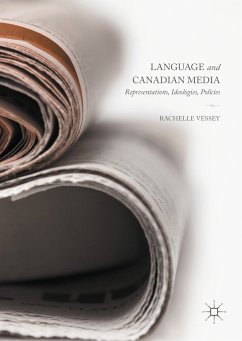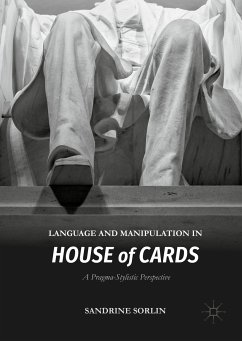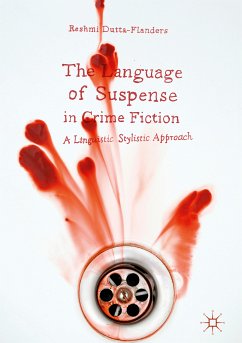
The Language of Suspense in Crime Fiction (eBook, PDF)
A Linguistic Stylistic Approach
Versandkostenfrei!
Sofort per Download lieferbar
80,95 €
inkl. MwSt.
Weitere Ausgaben:

PAYBACK Punkte
40 °P sammeln!
This book introduces readers to linguistic stylistic analysis and combines both literary and linguistic analysis to explore suspense in crime fiction. Employing critical linguistics, discourse analysis and functional grammar, it demonstrates that suspense in plot-based stories is created through non-linear, causative presentation of the narrative. The author investigates how plot sequence is manipulated to ensure the reader cannot resolve the order of events until the end of the tale. From two-dimensional circumstantial detection in mystery stories to three-dimensional re-evaluation of offende...
This book introduces readers to linguistic stylistic analysis and combines both literary and linguistic analysis to explore suspense in crime fiction. Employing critical linguistics, discourse analysis and functional grammar, it demonstrates that suspense in plot-based stories is created through non-linear, causative presentation of the narrative. The author investigates how plot sequence is manipulated to ensure the reader cannot resolve the order of events until the end of the tale. From two-dimensional circumstantial detection in mystery stories to three-dimensional re-evaluation of offender orientation, she uses a linguistic-based stylistic framework to analyse offender motive. She also employs a 'discourse-based' frame analysis to examine the plot structure of crime stories for micro context and set-up scenarios, demonstrating that it is the unravelling of these devices that creates the suspense in murder mysteries and thrillers alike. Finally, she shows how grammaticization of the offending-self reveals an embedded diegetic space in the offender engagement discourse, provoking an intellectual and affective response and reshaping our overall outlook of the crime in the story. This book will appeal to researchers and students from literary and non-literary backgrounds looking for theoretical and practical advice on the linguistic stylistic approach to reading texts.
Dieser Download kann aus rechtlichen Gründen nur mit Rechnungsadresse in A, B, BG, CY, CZ, D, DK, EW, E, FIN, F, GR, HR, H, IRL, I, LT, L, LR, M, NL, PL, P, R, S, SLO, SK ausgeliefert werden.



